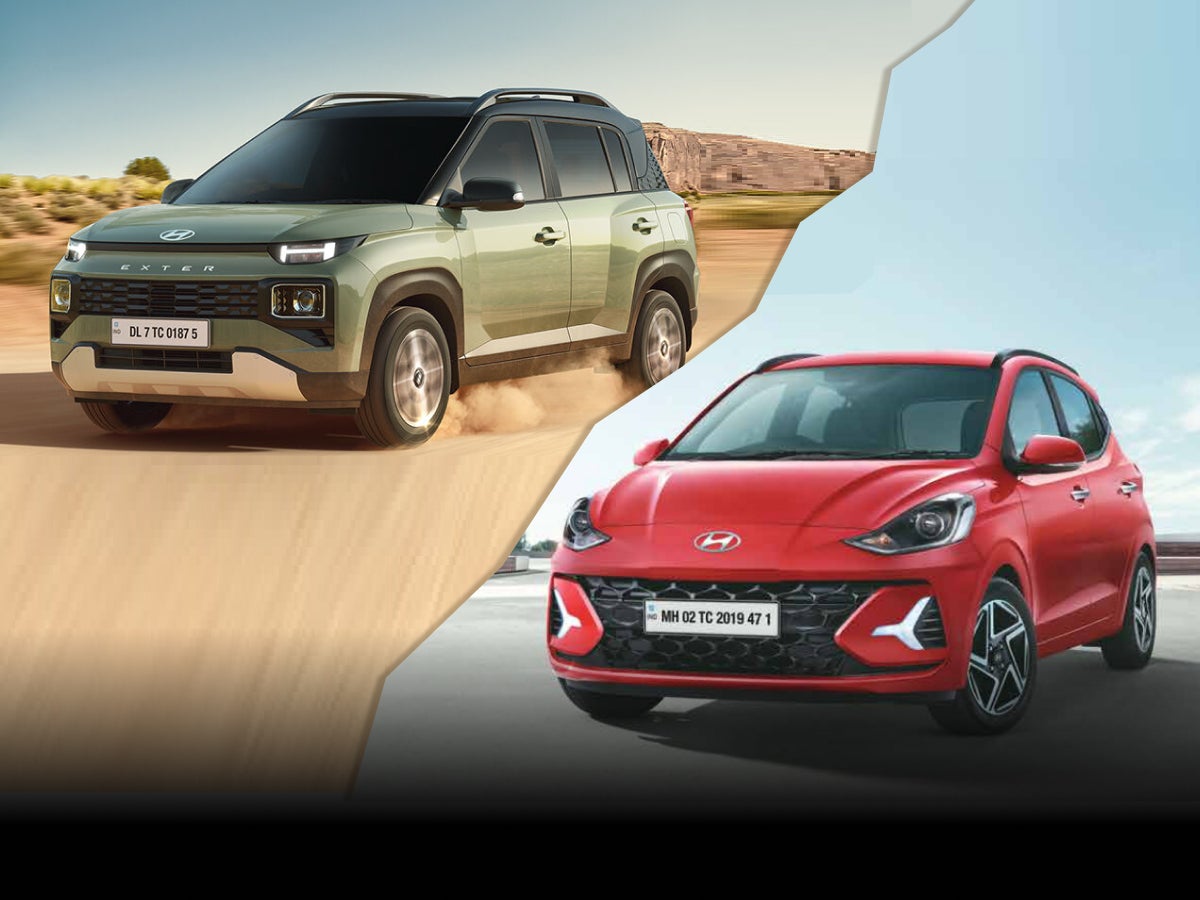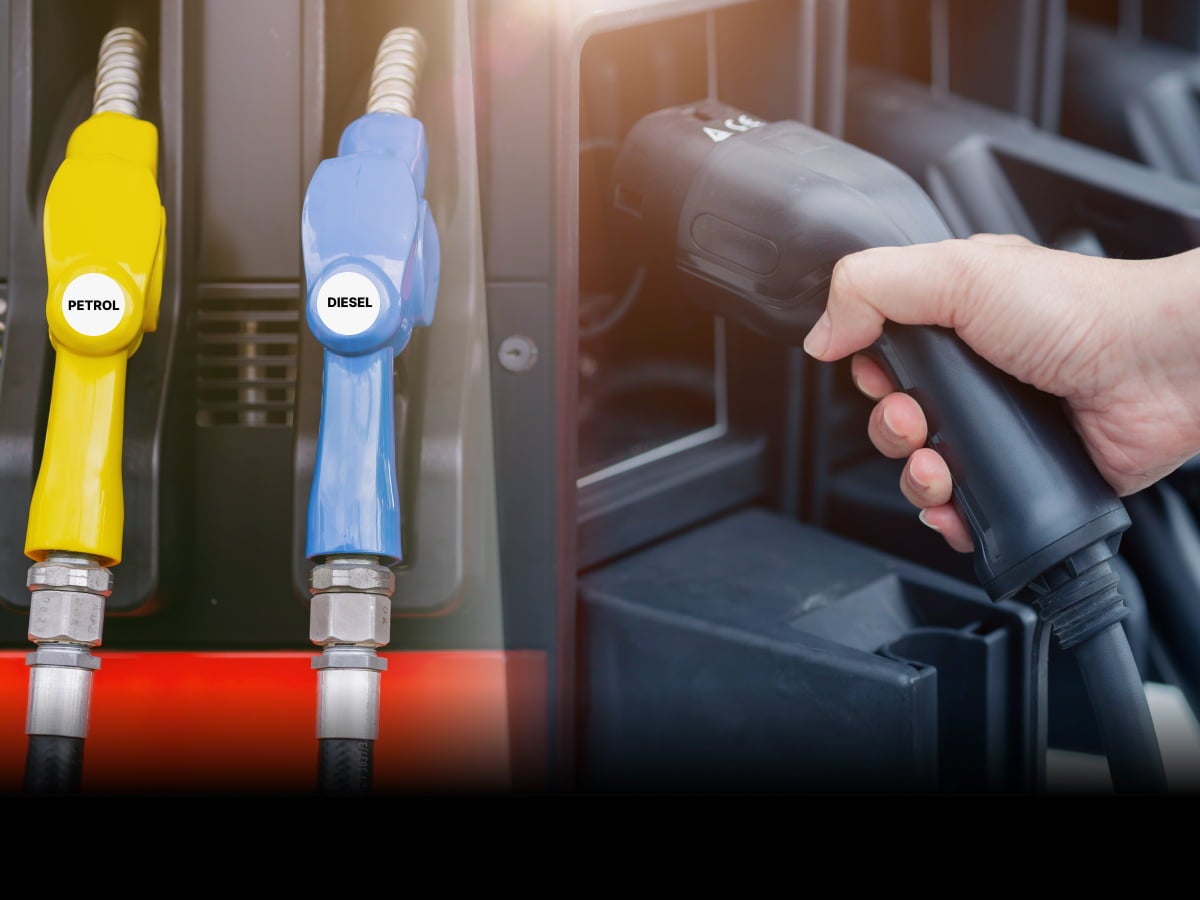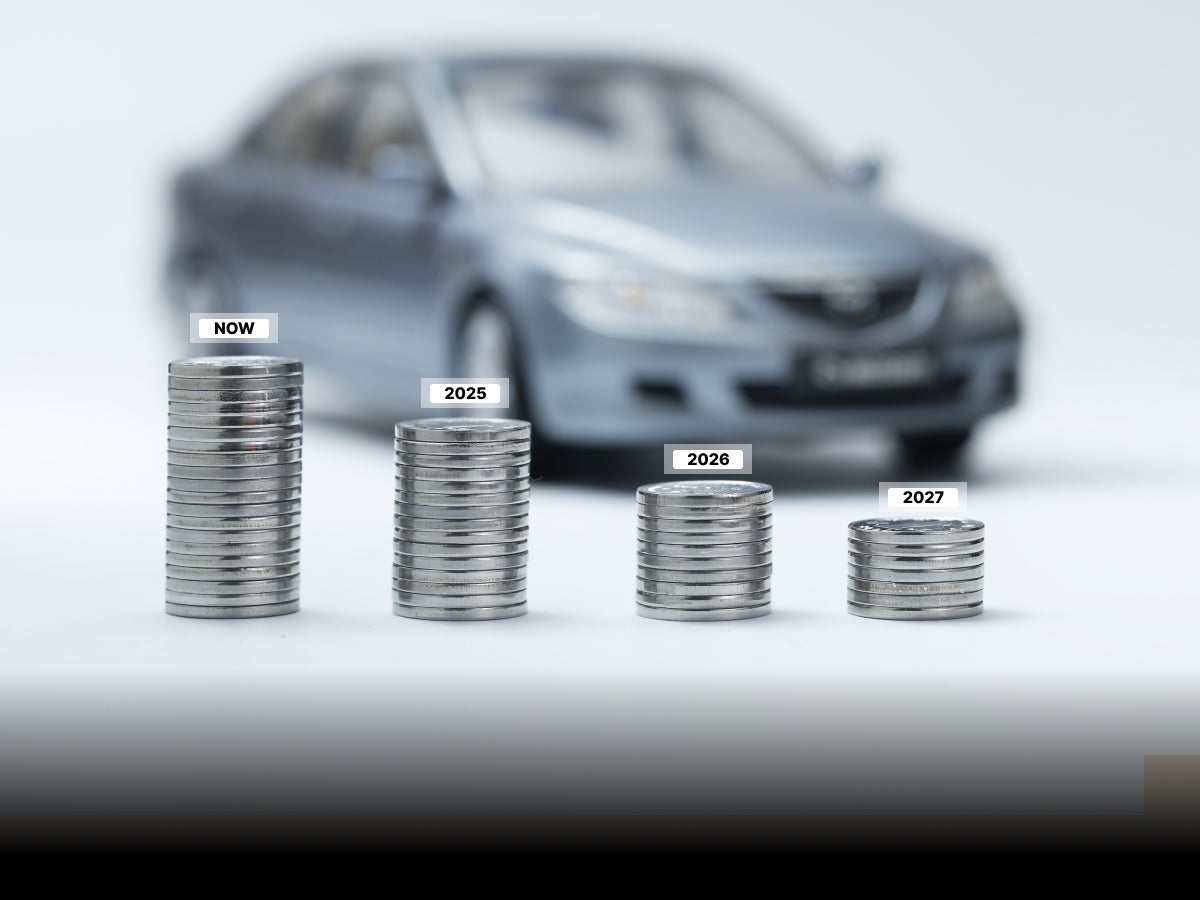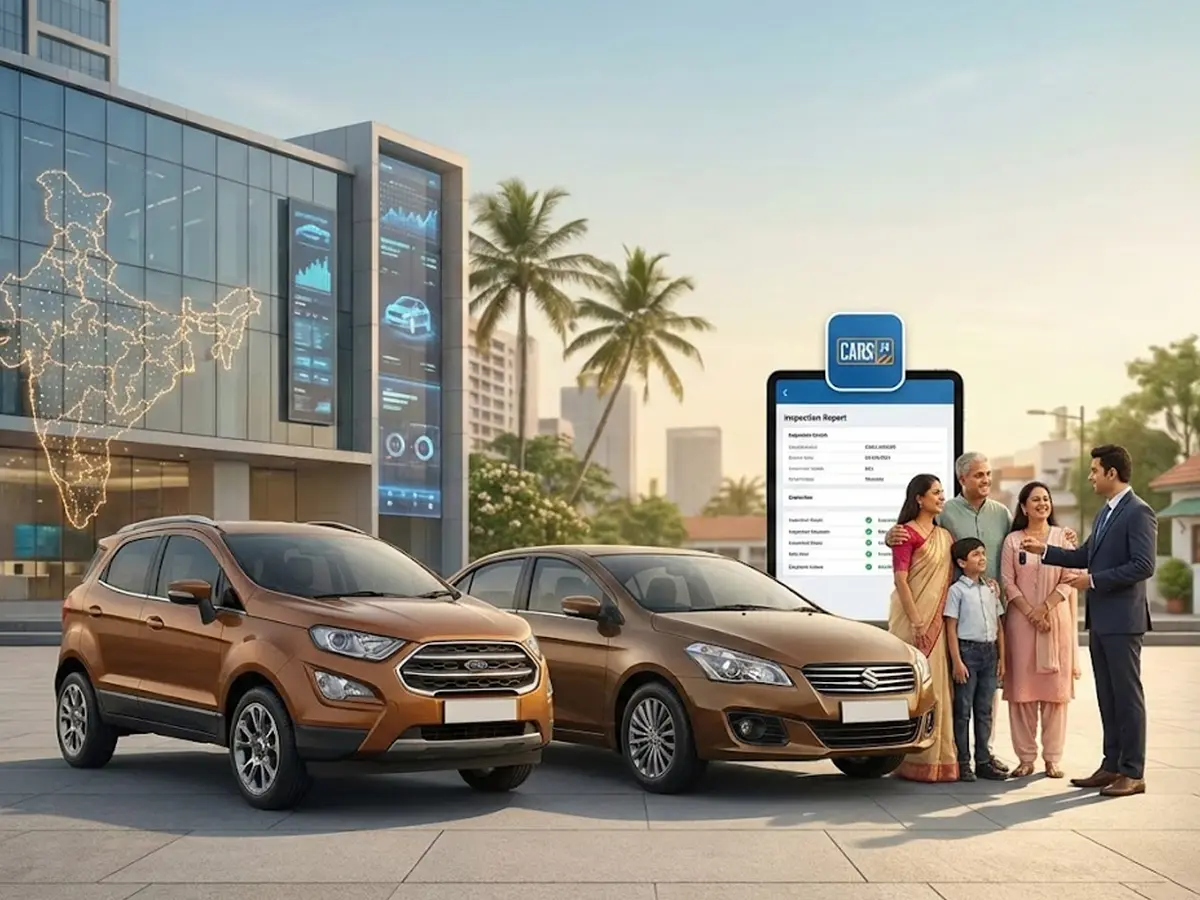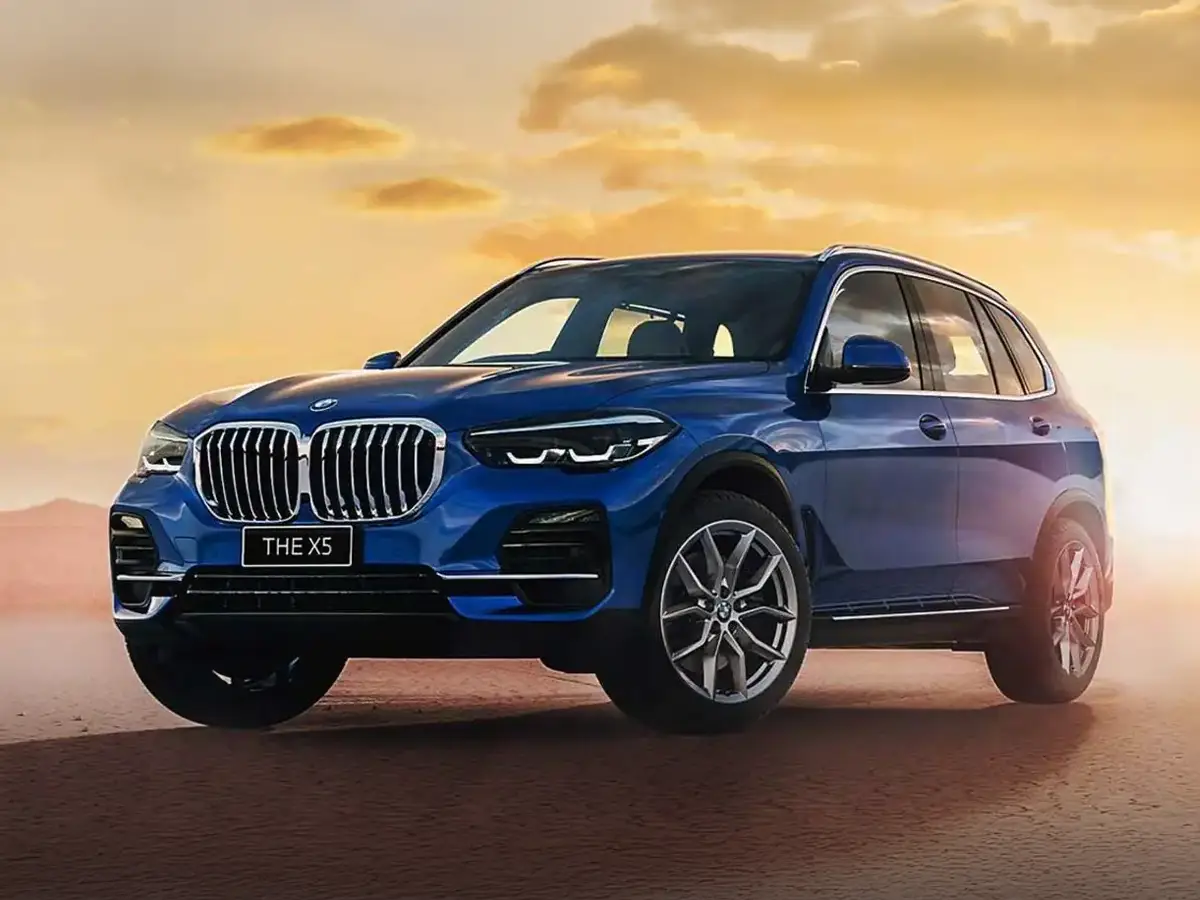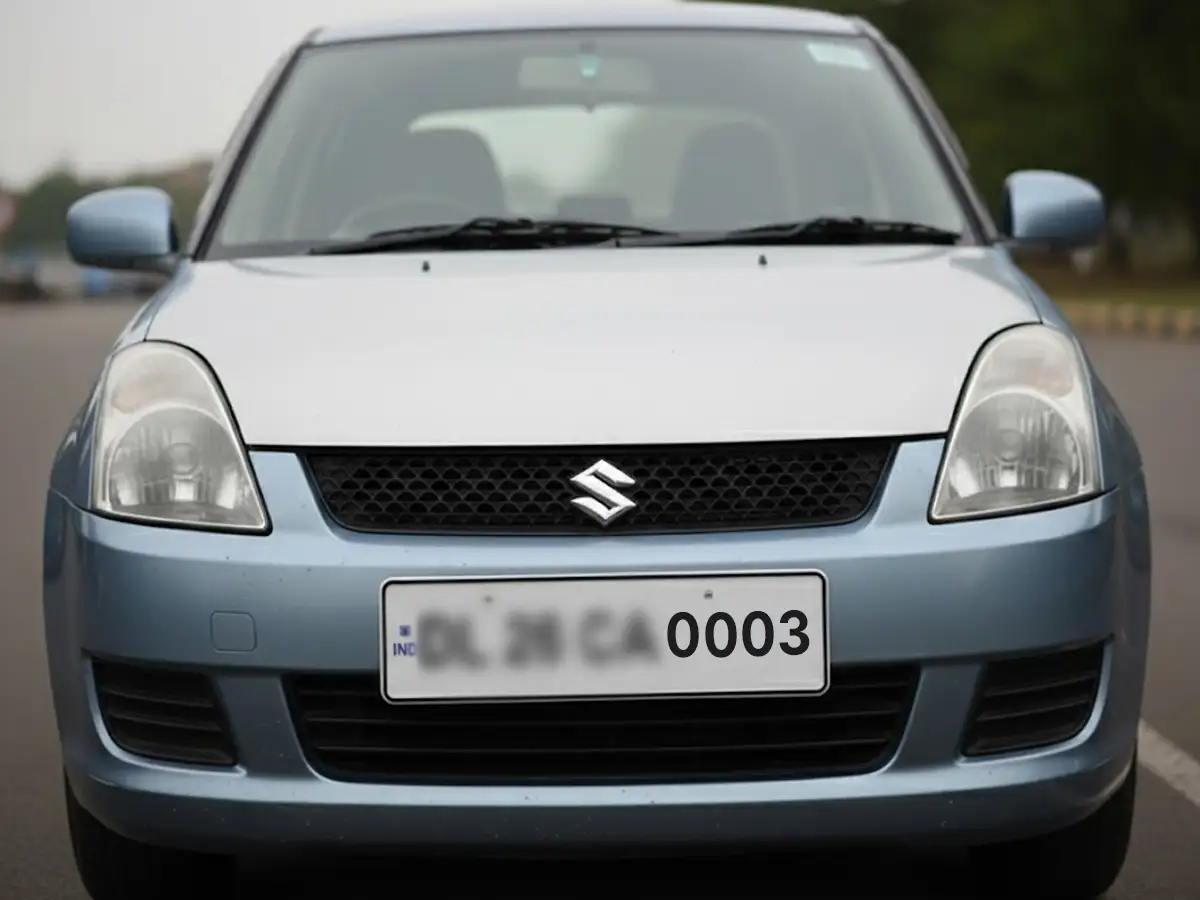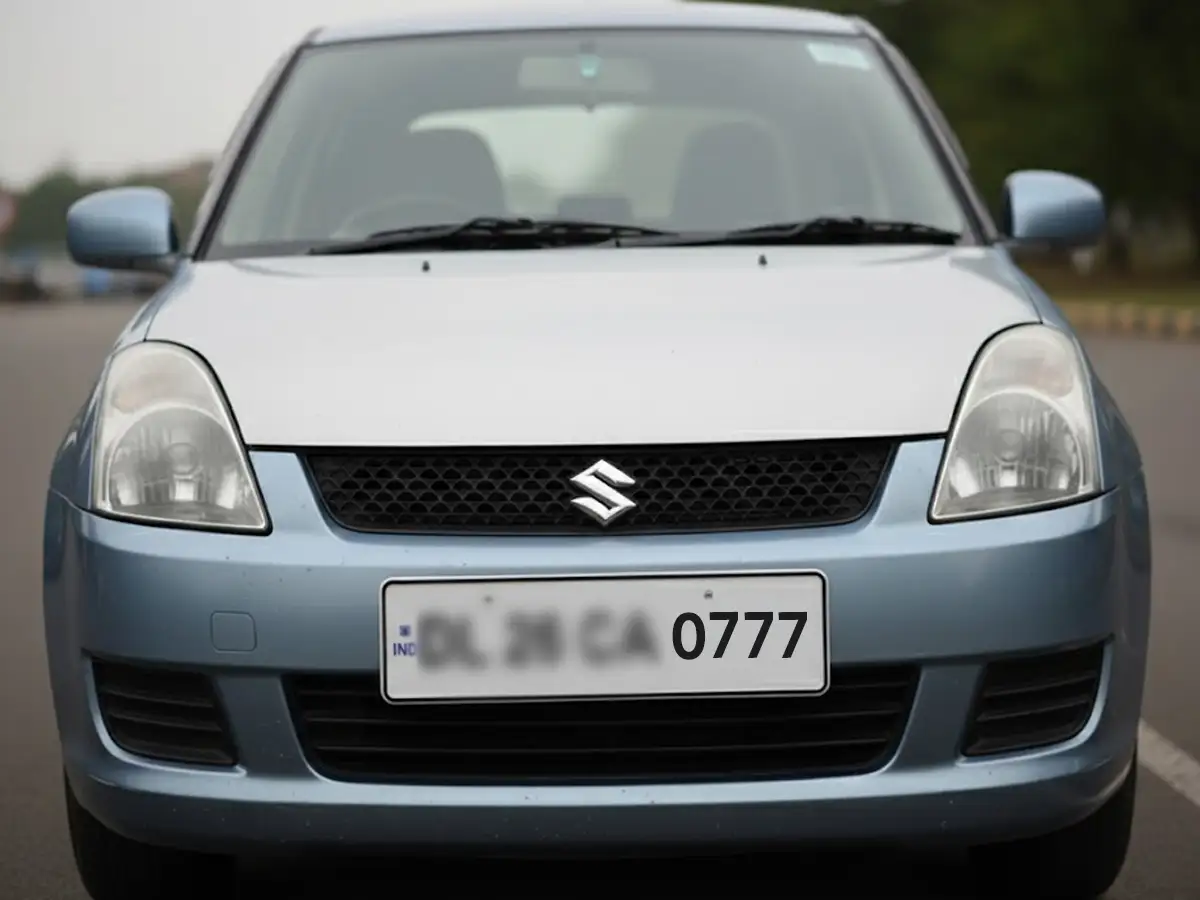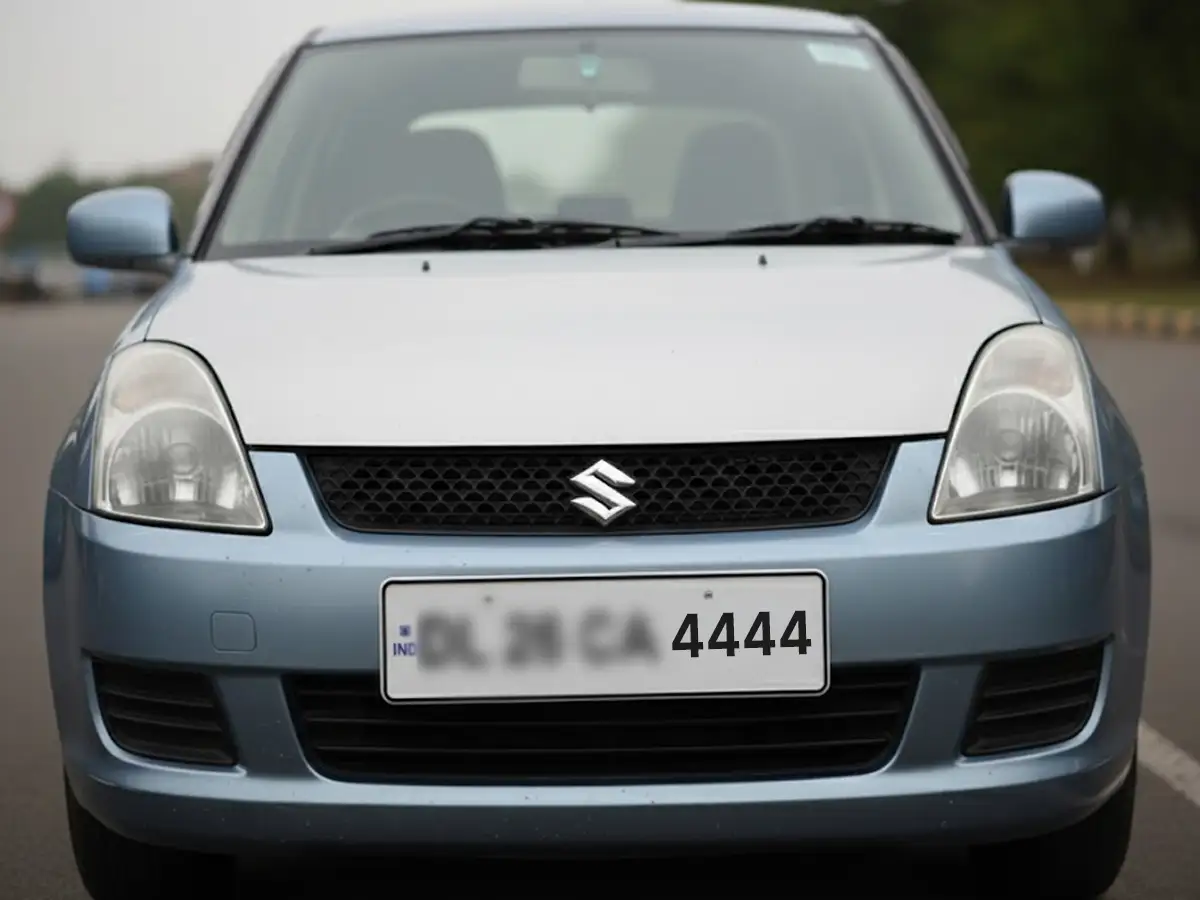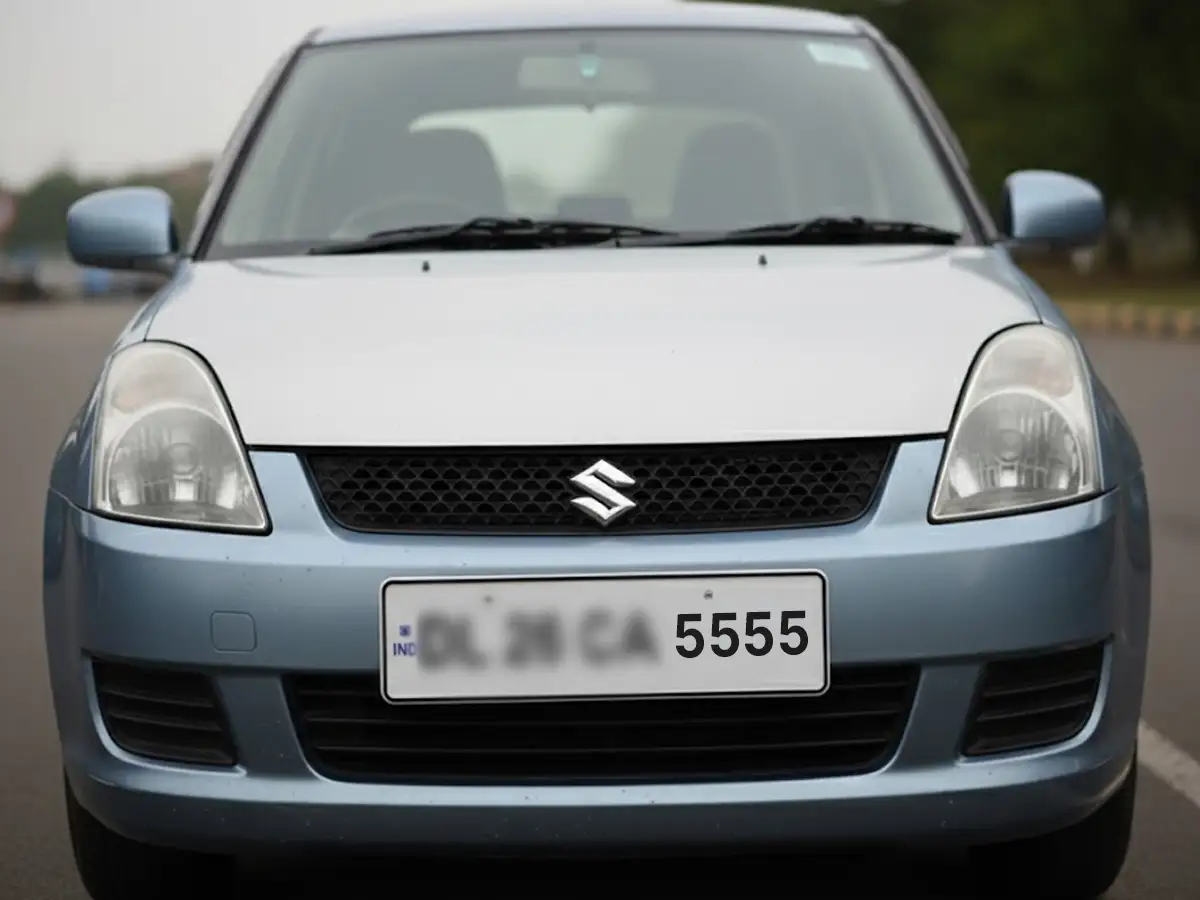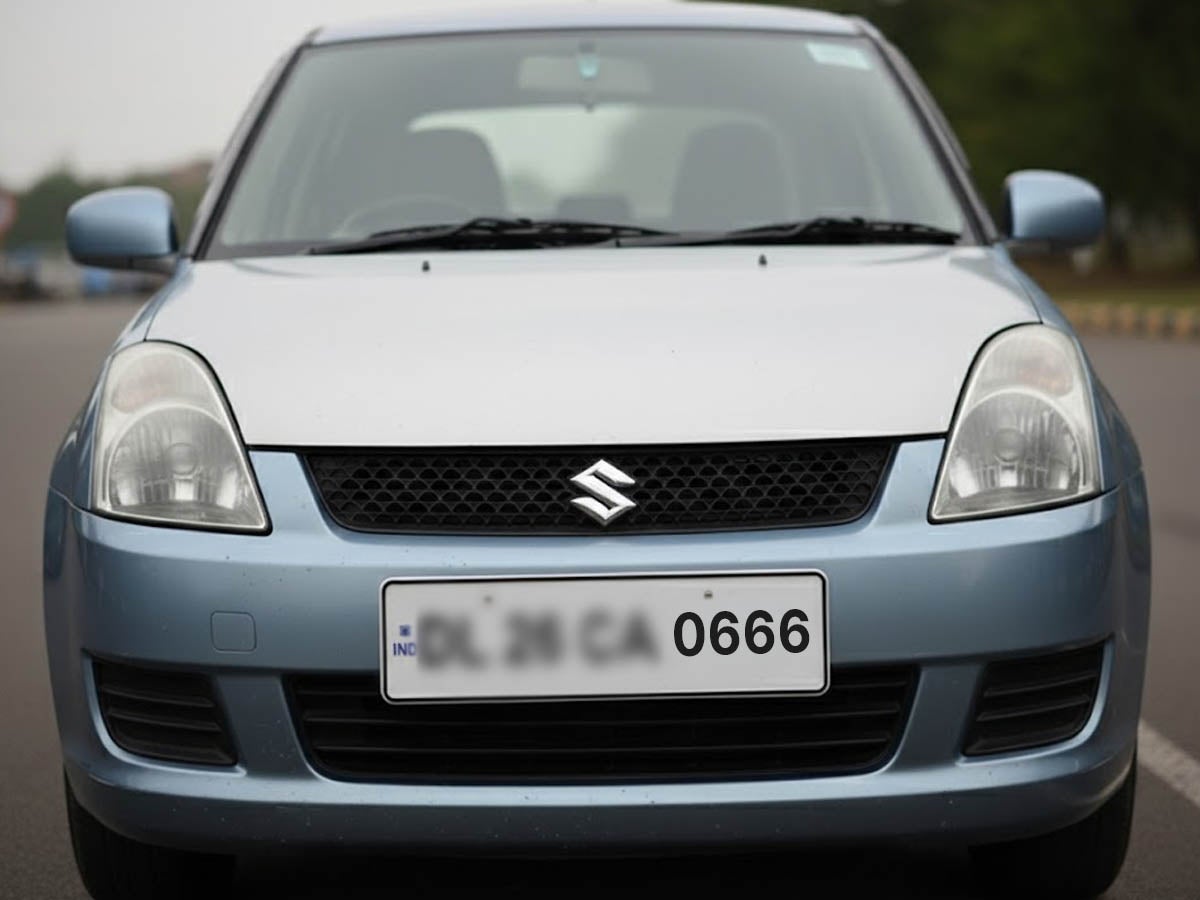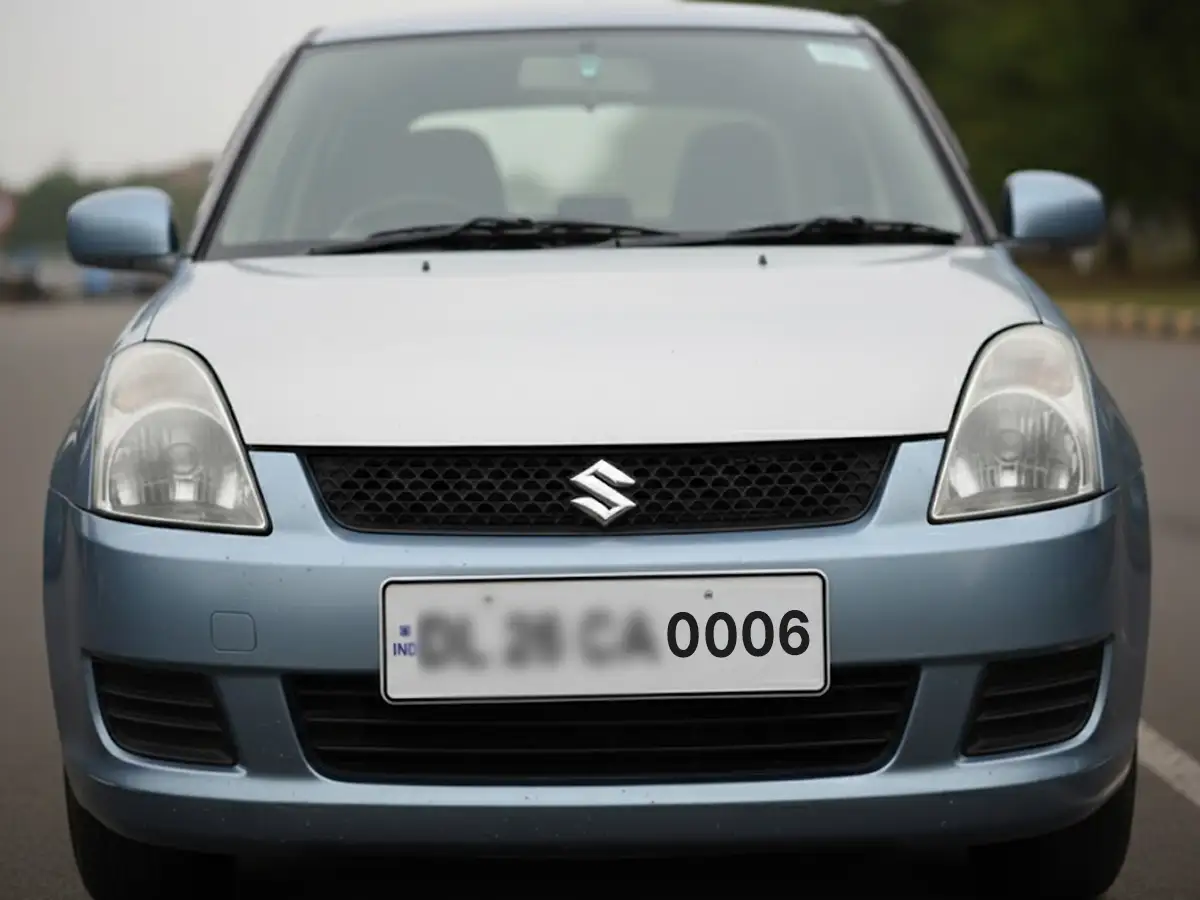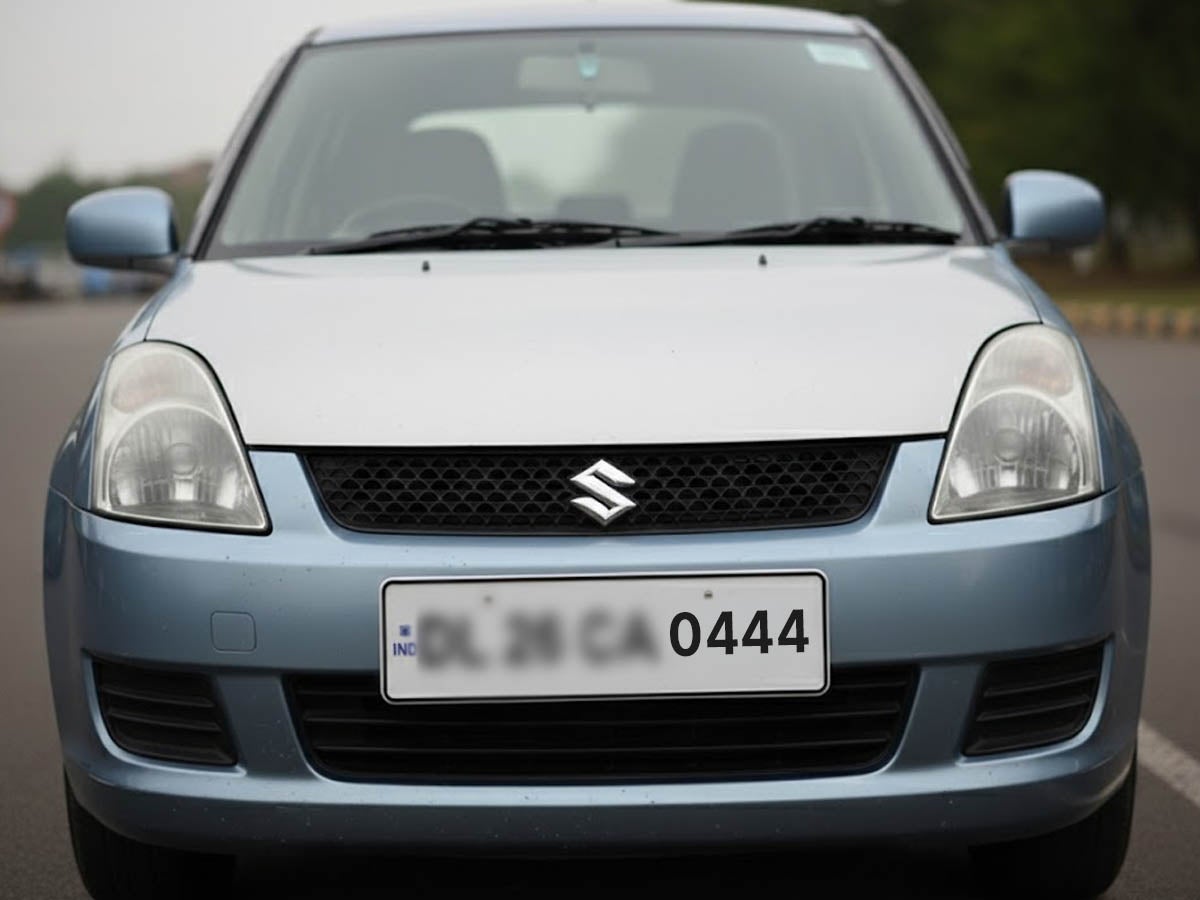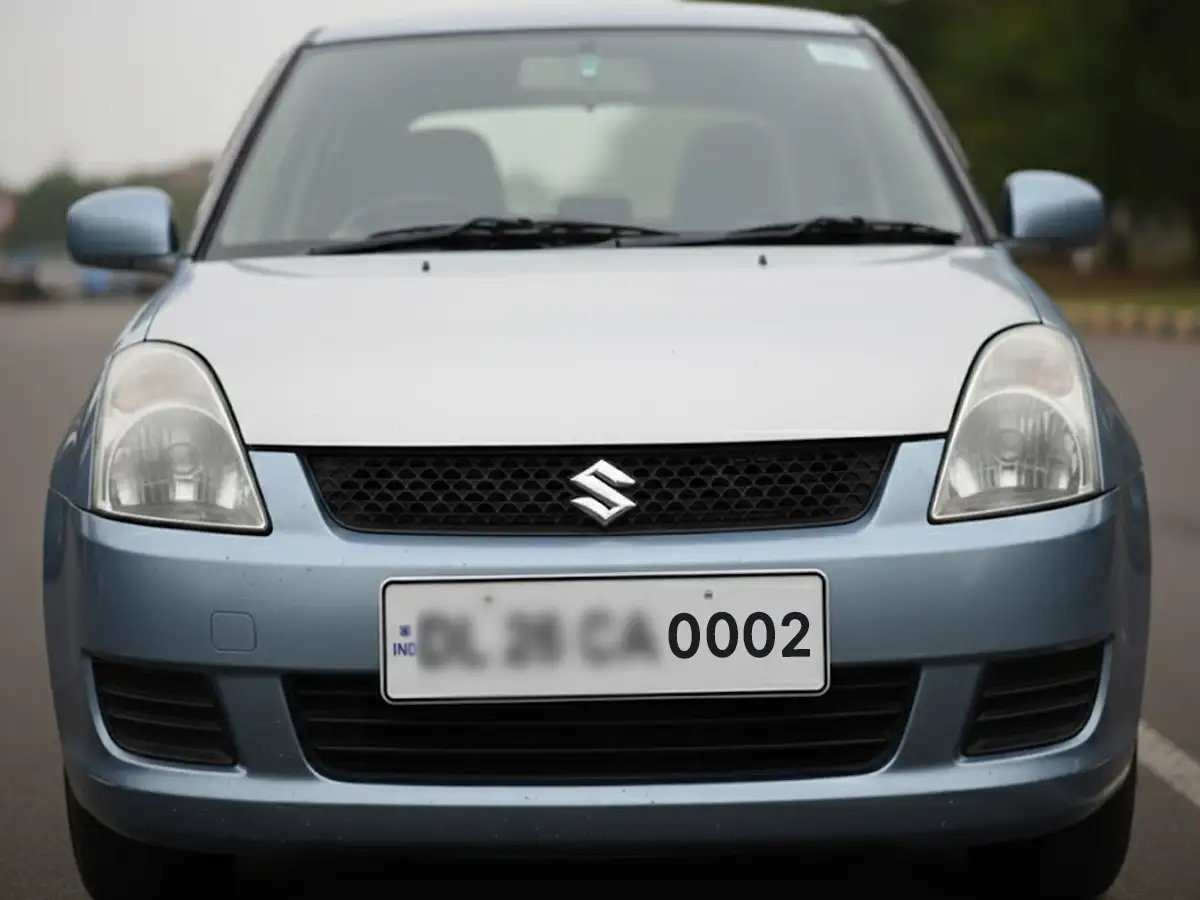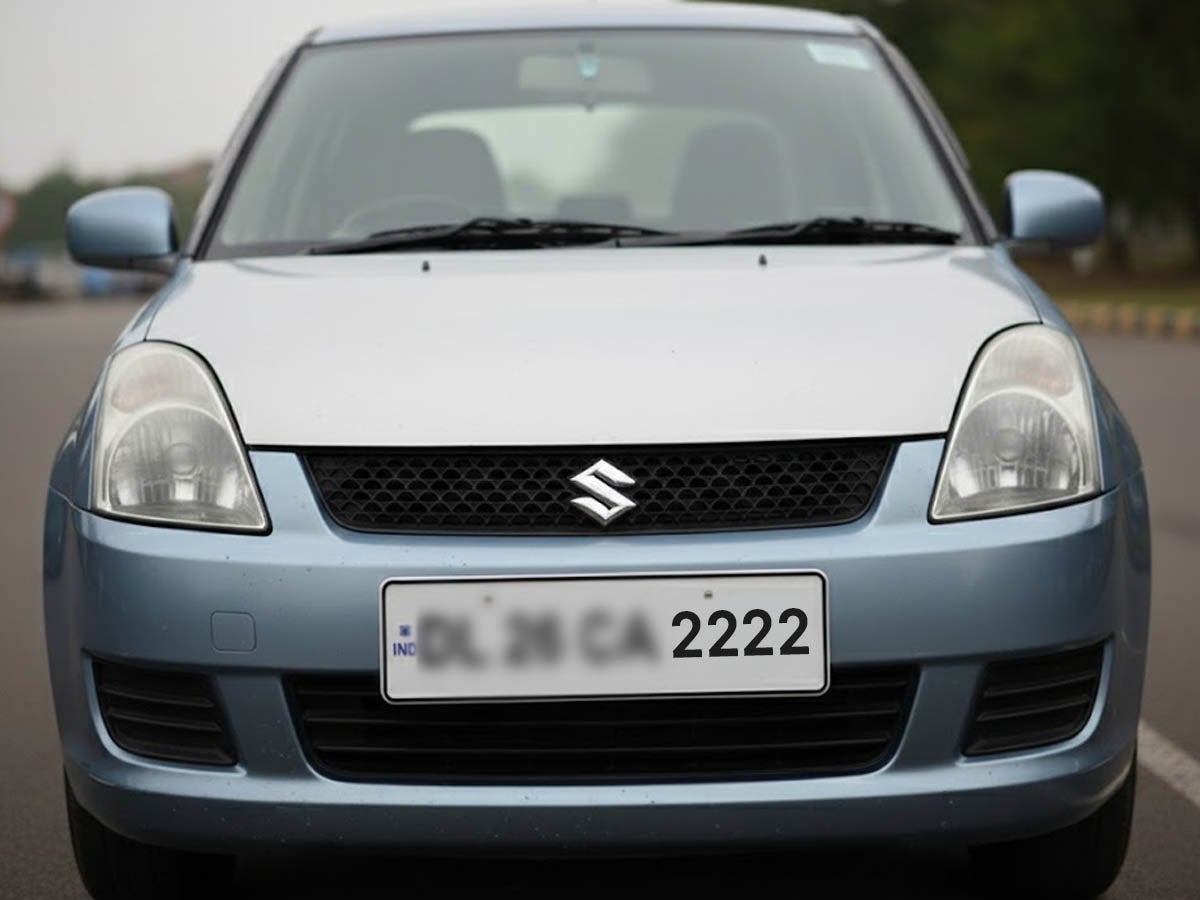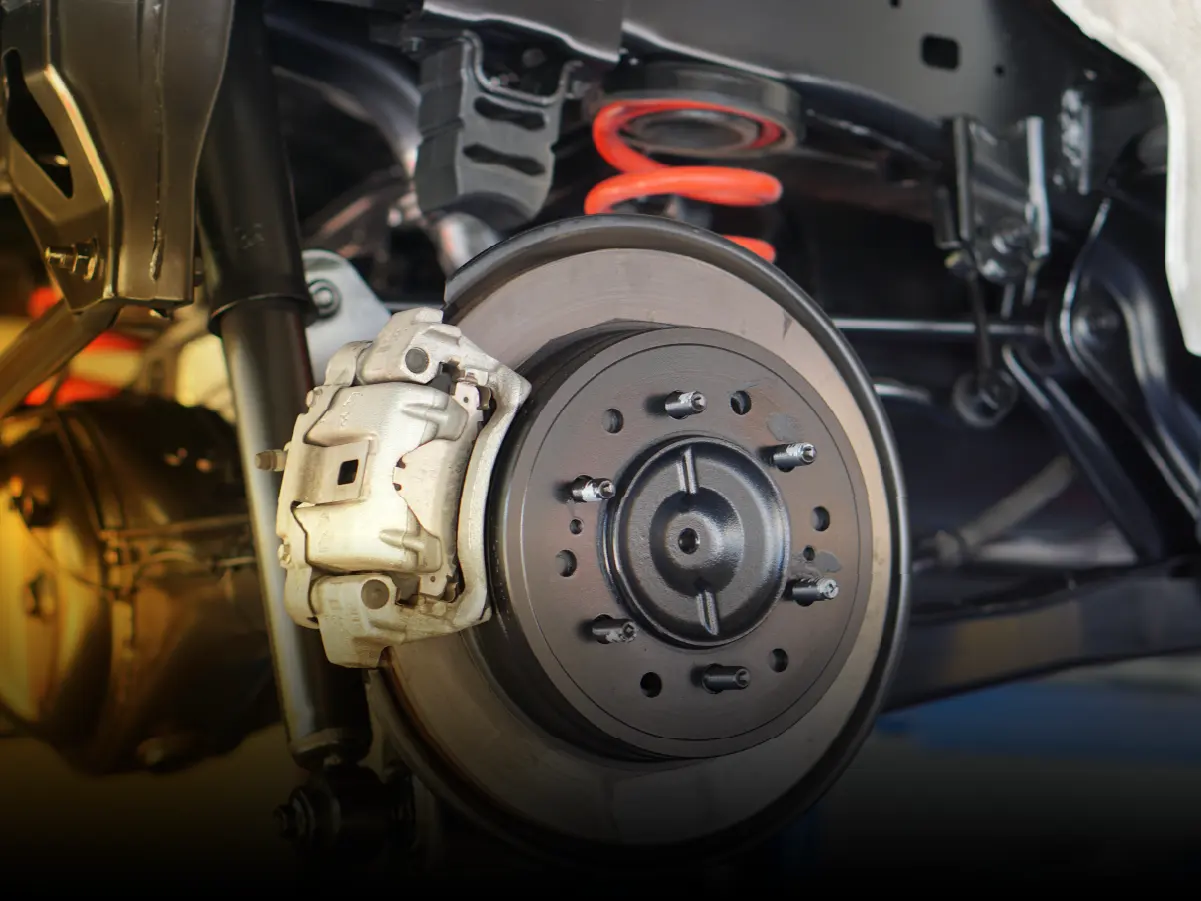

Drum Brakes vs Disc Brakes: What’s the Difference?
- 1Disc brakes handle heat better, preventing brake fade in demanding conditions
- 2Drum brakes last longer but cost more to service than disc brake pads
- 3Most cars use disc brakes front-drum brakes rear for cost-performance balance
A lot happens behind the scenes to bring you to a safe stop when you hit the brake pedal in your car. If you’ve ever wondered how your car brakes work, it’s primarily down to either one type of braking system or the other, or a mix of both disc brakes and drum brakes.
Understanding the differences between drum brakes versus disc brakes can help you make a better buying decision, whether you’re in the market for a new car or a used car. It can also help you be a safer driver and save money on maintenance. This article dives into the kinds of braking systems and why it pays to know what type your car uses.

What Are Drum Brakes?
Drum brakes are considered old technology but the truth is they’re the more traditional braking system. Drum brakes have been around since the early days of the automobile and their working principle hasn’t changed since. The drum brake system consists of a metal drum that rotates with your wheel, with curved brake shoes inside that press outward against the drum’s inner surface when you apply the brakes.
In all segments of cars, from hatchbacks to SUVs, you’ll often find drum brakes still at work on the rear wheels. This is largely due to cost saving but also their durability.
What Are Disc Brakes?
Disc brakes are newer technology, at least in the sense of widespread adoption, which happened in the 1960s. Instead of a drum, they use a flat metal disc called the brake rotor or disc, which spins with your wheel. Brake pads, held in place by brake calipers, squeeze the disc from both sides when you apply the brakes.
In modern cars you’ll find disc brakes on the front wheels, while some cars including most luxury cars will have disc brakes at all four wheels.
How Car Brakes Work
Before we compare disc brakes versus drum brakes, it’s essential to understand how your brakes work. When you apply pressure to your brake pedal, that force is multiplied by the brake hydraulic system. That hydraulic pressure is what activates the braking system, either disc or drum brakes.
Typically, the front brakes handle about 70% of your car's stopping work due to weight transfer during braking. This is why most modern car use disc brakes up front, where the most stopping power is needed.
Drum Brakes Vs Disc Brakes: Performance and Safety

In drum brakes, hydraulic pressure pushes pistons inside a wheel cylinder to force curved brake shoes against the inner surface of the drum, using friction to slow or stop the vehicle. In disc brakes, hydraulic pressure causes pistons in a caliper to clamp flat brake pads against a spinning rotor, also creating friction to decelerate or halt the car.
The key difference shows itself during demanding driving conditions. Disc brakes are great when you're driving downhill, in traffic, or any situation requiring repeated braking because they dissipate heat much better. Different types of brake pads, such as ceramic pads, can also improve braking performance. Drum brakes can overheat and experience brake fade faster, where their stopping power temporarily drops.
| Feature | Drum Brakes | Disc Brakes |
| Heat dissipation | Limited - Closed design traps heat | Excellent - Open-air design allows rapid cooling |
| Wet weather performance | Good - Water can temporarily reduce brake bite | Superior - Water sheds quickly from rotor surface |
| Brake fade resistance | Fair - Shows fade during repeated hard braking faster | Excellent - Maintains braking power when hot, to an extent |
| Initial stopping force | Fair - Self-energising action multiplies force | Superior - Consistent linear response |
| Parking brake performance | Excellent - Self-wedging provides superior holding power | Poor - Requires separate mechanism |
| Component protection | Excellent - Enclosed design shields all components | Limited - Open to road debris and contamination |
| Pedal feel | Variable - Can feel different as components wear | Predictable - Linear response helps with driver control |
| Hill driving/Heavy Use | Fair - May overheat during sustained hard braking | Excellent - Superior heat management prevents fade |
Drum Brakes Vs Disc Brakes: Maintenance and Durability
It’s pretty apparent why disc brakes have found use in modern cars where consistent braking performance is the need of the hour, no matter the weather or driving conditions. At the same time, drum brakes are still used on the rear wheels to balance cost and braking performance.
Drum brake components last much longer but they can be more expensive to service. Disc brakes require more frequent brake pad changes, but these services are generally quicker and less expensive. Plus, the ability to easily inspect brake pad wear means you can plan for maintenance.
| Maintenance Aspect | Drum Brakes | Disc Brakes |
| Service Frequency | Drum shoes: Every 60,000-80,000+ km | Brake pads: Every 15,000-30,000 km |
| Component Inspection | Difficult - Requires wheel/drum removal | Easy - Brake pad thickness visible through wheel spokes |
| Service Complexity | Complex - Multiple springs, adjusters and small parts | Simple - Straightforward brake pad replacement |
| Labor Time | 2-3 hours typical | 1-2 hours typical |
| Warning Systems | No audible warnings - Gradual performance decline | Audible warning - Built-in squealer tabs alert when brake pads are worn |
| Service Cost (Labor) | Higher - More time-intensive work | Lower - Faster, simpler procedures |
| Component Cost | Variable - Shoes need less frequent replacement but drums are costly to replace | Moderate - Brake pads are relatively inexpensive |
| DIY Friendliness | Poor - Requires specialised knowledge and tools | Good - Accessible for home mechanics |
| Maintenance Planning | Unpredictable - Harder to assess the condition | Predictable - Easy to monitor brake pad wear |
Choosing Between Drum Brakes and Disc Brakes
If you’re shopping for a car, whether it’s a used hatchback or a luxury car, the type of braking system it uses shouldn’t be your primary deciding factor. Modern cars use a mix of both in some cases and will stop safely when properly maintained.
However, more demanding drivers will find that four-wheel disc brakes offer the best safety and braking performance, especially in terms of brake feel rather than outright stopping distances. Front wheel disc brakes coupled with rear wheel drum brakes are usually chosen out of consideration for cost and fitness of purpose.
Conclusion
Drum brakes have served the automotive world well for decades since their introduction and still have their place in certain applications. On the other hand, disc brakes offer advantages that can’t be ignored in terms of better brake feel, more consistent performance, wet weather performance and easier maintenance.
However, there’s no replacement for regular brake inspections as part of your maintenance schedule with either system. Paying attention to how your brakes feel, perform and sound can help you attend to issues in your braking system before they affect your safety on the road.
Whether you're dealing with the reliability of drum brakes or the modern performance of disc brakes with quality brake pads, proper maintenance and prompt attention to any issues should always be your top priority.
Frequently Asked Questions
Expand all

